Trypiti: An Early Minoan Settlement Perched on a Cretan Hilltop
The Early Minoan settlement of Trypiti, located on a rocky hill overlooking the bay of Trypiti in southern Crete, offers a unique glimpse into the lives of early Minoans during the EM II and EM III-MM IA periods. Excavations in the late 20th century revealed a well-planned settlement with houses, tools, and evidence of agricultural and craft activities.
A Well-Designed Hilltop Village
Trypiti was built on a hill 135 meters above sea level and 800 meters from the sea, featuring perpendicular walls with two entrances – one in the southeast and one in the northwest. The settlement was divided into two sections by a central path, with 36 excavated rooms revealing evidence of stone walls, benches, and cupboards. Houses in the northern quarter were self-contained, while those in the southern quarter showcased larger central rooms with storage areas and workshops.
Tools, Agriculture, and Daily Life
A wide array of tools, including millstones, axes, hammers, and cutting tools, indicates the inhabitants’ engagement in various activities, from milling cereals and smoothing surfaces to harvesting crops and crafting bone tools. Evidence of wheat, barley, peas, and vetch, alongside animal bones, points to a mixed economy of agriculture and animal husbandry.
Water Sources and Ritual Practices
Despite the hilltop location, the settlement had access to fresh water from nearby springs. While no designated shrine was found, the discovery of a kernos, a vessel used for libations, suggests some form of ritual practice.
A Tholos Tomb and Relocation
Approximately 200 meters south of the settlement, a tholos tomb containing ceramics dating from 2800 to 2000 BC was unearthed. The tomb’s presence, along with the settlement’s strategic hilltop location, hints at the importance of burial practices and potential defensive considerations.
Trypiti was abandoned in early MM IB for reasons unknown, with no signs of fire or earthquake damage. The inhabitants relocated to the lower area of Kalokambos, where larger houses with ample space for cultivation were constructed.
Trypiti: An Archaeological Window into Early Minoan Life
The excavation of Trypiti has provided valuable insights into the daily lives, social structures, and economic activities of early Minoans in southern Crete. This well-preserved settlement continues to shed light on the development of Minoan civilization and its interaction with the surrounding landscape.
Trypiti Minoan Settlement: Key Points
- Construction Period: Early Minoan II – Middle Minoan IA (c. 2600-2000 BC)
- Location: Hilltop near the bay of Trypiti, southern Crete, Greece
- Dimensions: 36 excavated rooms, divided into two sections
- Historical Significance: Early Minoan settlement with evidence of agriculture, crafts, and ritual practices
- Current Status: Archaeological site, accessible by a steep climb
References
Access
A short hike from the earth road, or a steep climb from Trypiti beach.













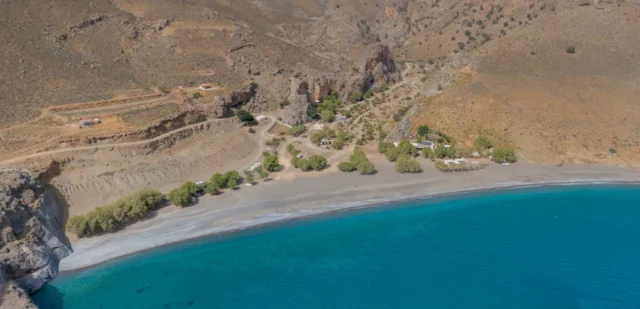



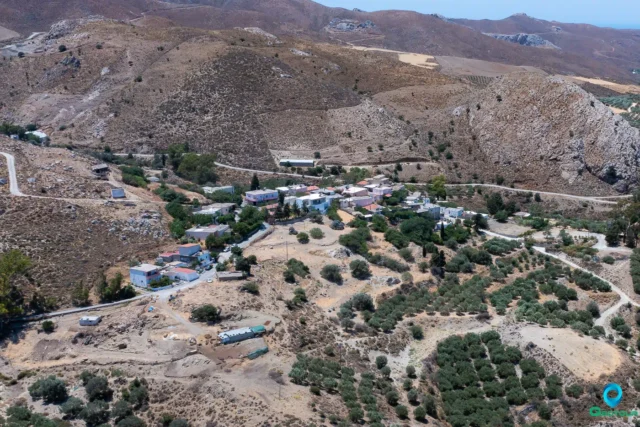

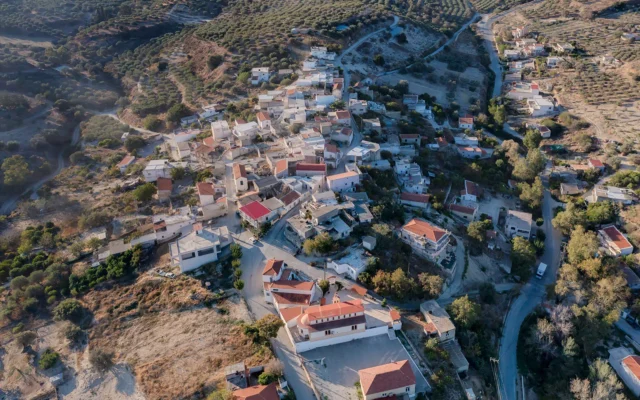
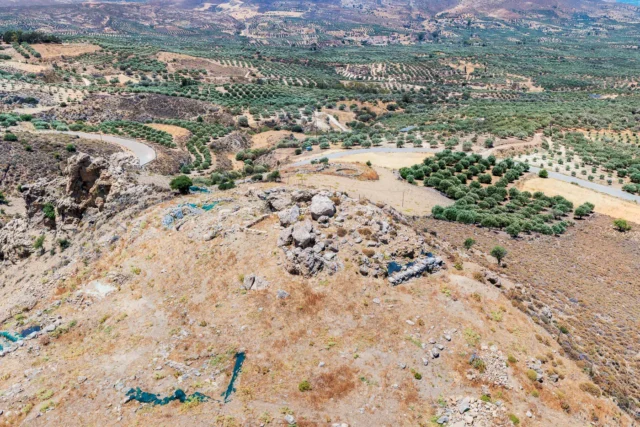
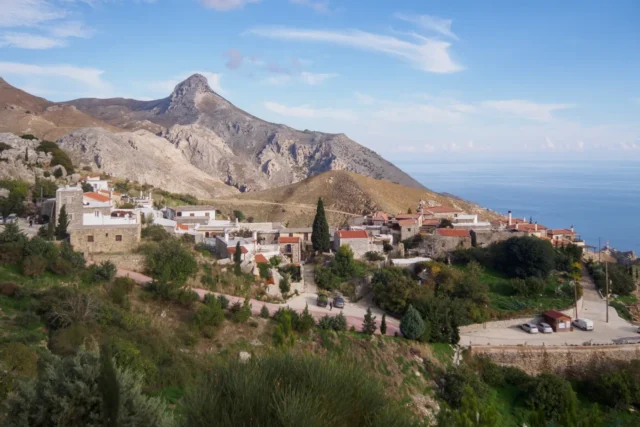

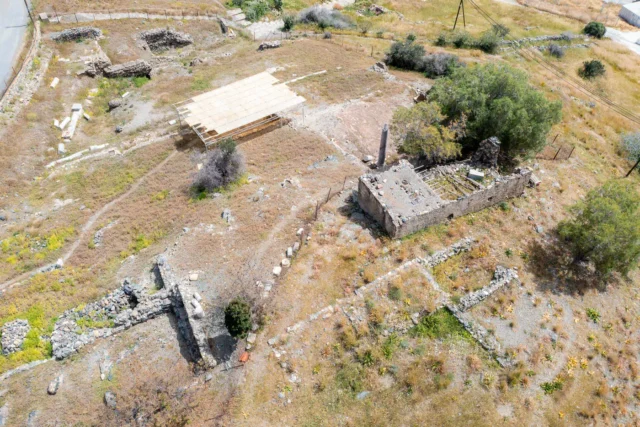
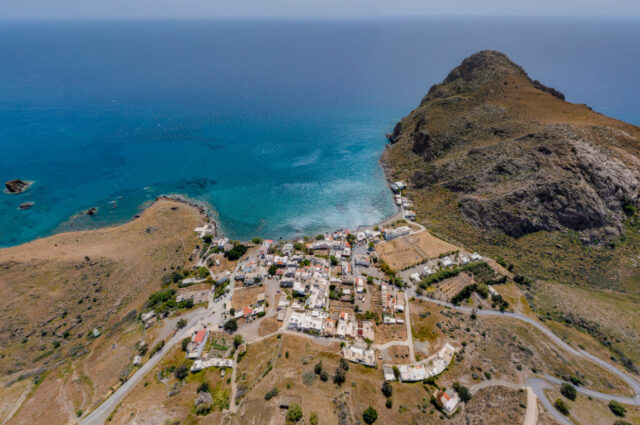
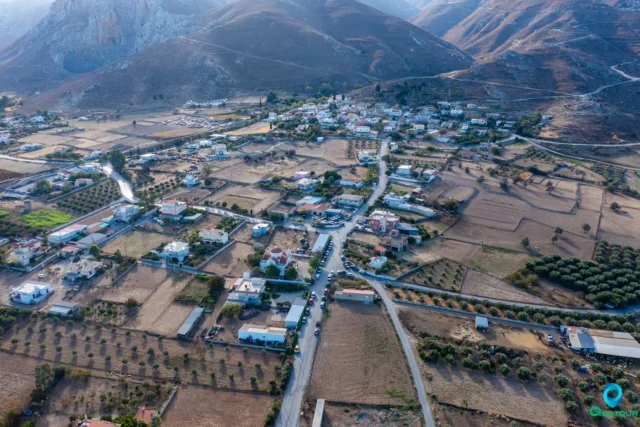
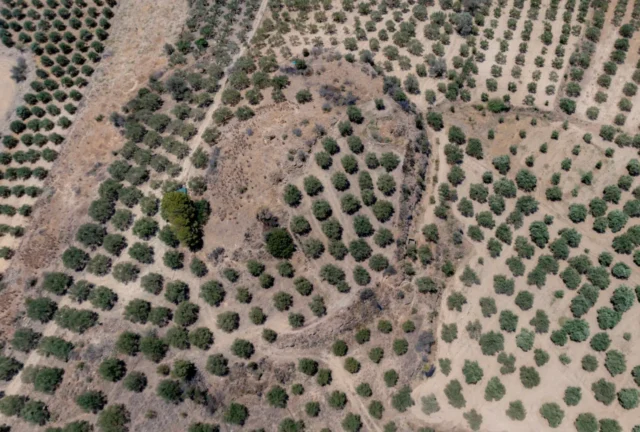

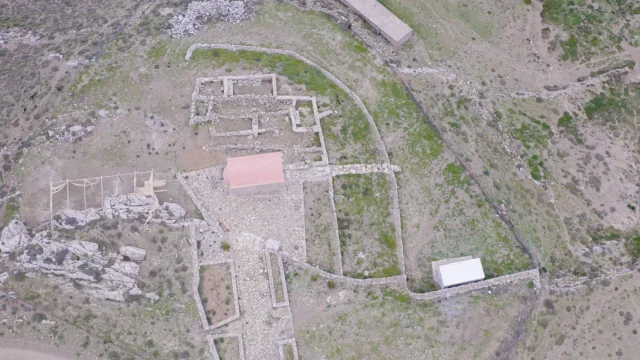


There are no comments yet.